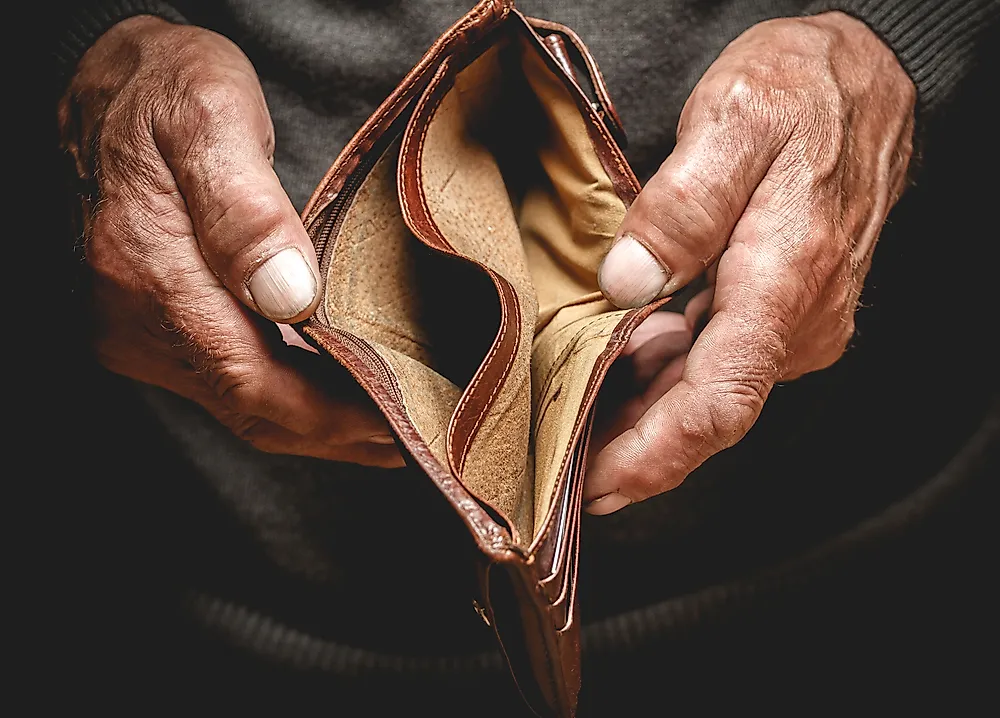What is the Cycle of Poverty?

Understanding poverty seems straightforward from some common definitions fronted but, in reality, complicated when several factors are put into context. The common meaning of the term poverty is not having enough money to meet day to day basic needs like food, shelter, water, or clothing. What is clear is that there is poverty in almost all countries of the world, however, in some cases like in the developing countries, poverty is extreme, widespread, and intense. The World Bank defines an extreme poverty situation as having less than $1 a day. In the cycle of poverty, sometimes referred to as a vicious cycle of poverty or poverty trap, a number of factors and events starts and entraps a person or persons in poverty for a long period time until an application of appropriate interventions.
How the Cycle of Poverty Occurs
In the cycle of poverty, families remain poor for three or more generations due to a number of factors. Due to the short life expectation among the extremely poor, the cycle of poverty takes a long time such that the older generation does not live to positively impact economic or social values to the younger generation so that they can come out of poverty. For a newborn, poverty begins at birth and, if he or she survives, grows up malnourished and often sick as their mothers cannot afford a better lifestyle. This cycle continues as the children become poor adults who give birth to poor children. The cycle of poverty has distinct indicators like less food, less water, poor health, illiteracy, poor sanitation, lack of opportunities, and low income, among other factors.
Culture of Poverty
The culture of poverty theory attempts to provide an explanation as to what really is the cycle of poverty. This school of thought suggests that poor people have specific culture and norms different from those of people who are not poor. Just like in the cycle of poverty, the culture of poverty theory explains that as one grows in a poor background, he or she only learns the lifestyle and practice of the poor and thus is likely to remain poor. The theory explains that living in poor areas makes one internalize and believe in a hopeless future and therefore does not even try to come out of poverty, even with development programs. However, this theory has faced critics including the political nature of poverty when regimes ignore a section of the society.
Breaking the Cycle
Never before has efforts from global humanitarian agencies, national governments, and individuals been dedicated to ending extreme poverty and hunger than today. From global commitments like Millennium Development Goals (MDGs) to Social Development Goals (SDGs), agencies, governments, and citizens in the developed world are continually committing resources to ending the cycle of poverty in the developing world. They direct their efforts towards different interventions like increasing opportunities in education and income, providing access to health facilities, income, water, and other forms of infrastructure. Though progress is not as fast as it should be, statistics indicate that there is some level of development. Governments in the developing words are also committing to providing an enabling environment for prosperity and be accountable for the aid they receive. With such improved access to socioeconomic resources, poor people have the opportunity to escape the cycle of poverty and define a different future for themselves and their families.







